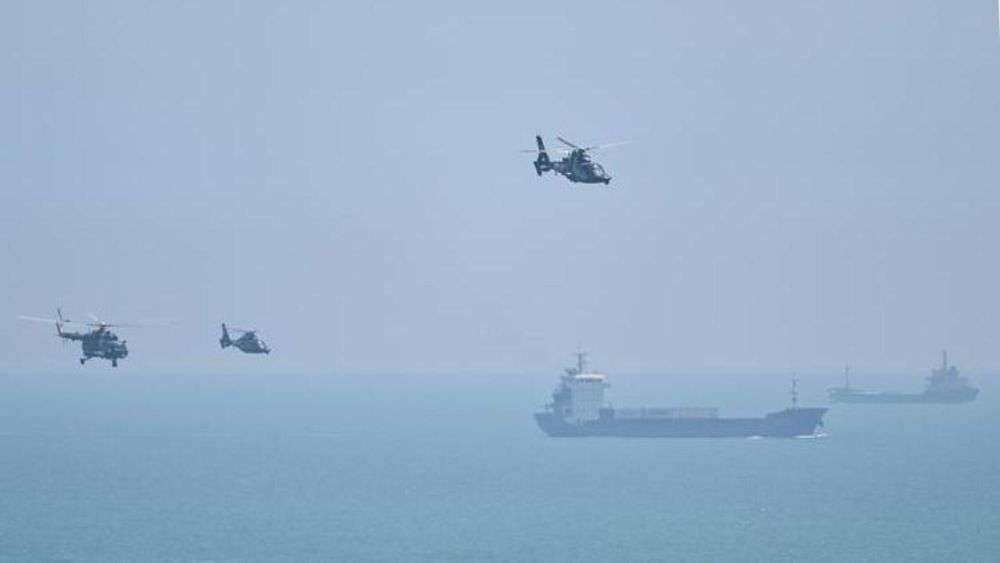The United States has taken a significant step by allocating $80 million from American taxpayers to bolster Taiwan’s military, a shift from its longstanding policy of strategic ambiguity. This article examines the implications of this move, the reaction of China, and the broader context of US-Taiwan-China relations.

Amid simmering cross-strait tensions, the United States’ decision to furnish Taiwan with an $80 million military aid package has ruffled feathers in Beijing, prompting strong objections. This move marks a historic pivot in America’s support for Taiwan, deviating from the past practice of only assisting nations formally recognized by the international community.
This modest sum, by defense spending standards, might seem inconsequential against the backdrop of Taiwan’s existing $14 billion in pending American military equipment orders. Yet, Beijing’s standard-issue rage masks a deeper strategic shift evident in this recent transaction—America’s tangible commitment to Taiwan’s defense using direct funding.
The funds, sourced from American taxpayers under the foreign military finance (FMF) program, underscore a changing tide. Previously, FMF aid was the preserve of UN-recognized states, with Taiwan notably absent from the recipient list post-1979, when US diplomatic allegiance pivoted from Taipei to Beijing.
Despite formal adherence to the “One China” policy, the United States has maintained a delicate balance with its military sales to Taiwan, guided by the Taiwan Relations Act, which aims to equip Taiwan for self-defense without inciting Sino-American discord. Nevertheless, the increasing military might of China in recent years has disrupted this equilibrium, necessitating a recalibration of US policy—albeit without official acknowledgment from the State Department.
The escalation of American involvement in Taiwan’s defense restructuring is pronounced, with initiatives pushing for the island’s rapid rearmament and strategic reinforcement. According to Wang Ting-yu, a Taiwanese legislator with connections to the island’s presidential circle and US congressional leadership, the recent funding signifies the inception of a potentially more substantial investment in Taiwan’s military fortification, potentially reaching $10 billion over five years.
Amidst procedural logjams in Congress affecting aid allocations, such as those intended for Ukraine, Taiwan’s defense proposals enjoy a relatively unobstructed bipartisan pathway. Yet, geopolitical conflicts like the ongoing strife in Gaza and the Ukraine crisis may strain the US’s capability to sustain its military commitments, including those made to Taiwan.
Inquiring about the specific uses of the US funds yields cryptic smiles from Taiwan’s Ministry of National Defence, though experts like Dr. Lai from the Prospect Foundation suggest the money will likely expand Taiwan’s cache of essential armaments such as Javelin and Stinger missiles. This procurement is urgently needed given the rapid depletion observed in Ukraine’s military engagements.
Scrutiny of Taiwan’s military readiness paints a grim picture; outdated equipment, antiquated military doctrine, and inadequate troop strength leave the island precariously poised in the face of potential Chinese aggression. The reformation of Taiwan’s conscription and training programs, described as woefully inadequate by recent servicemen, underscores the urgency for modernization.
As Washington takes more assertive steps, like retraining Taiwanese forces and emphasizing a “fortress Taiwan” defensive strategy, the island’s reliance on its archaic military apparatus may finally wane. Yet, for this shift to be meaningful, it must overcome decades of stagnation and adapt to contemporary warfare tactics, mirroring lessons painfully illustrated by the ongoing conflict in Ukraine.
Moreover, Taiwan’s strategic importance has not gone unnoticed, with regional and global dynamics at play. The increased militarization of Japan and the solidifying of military alliances such as the Quad and Aukus suggest a coalescing consensus on the necessity of defending Taiwan’s security as a bulwark against Chinese regional hegemony.
The contentious debate in Washington continues to revolve around the extent of US support for Taiwan. While some argue for maintaining strategic ambiguity to avoid provoking China, others advocate for unequivocal backing. Yet, there’s a shared understanding that Taiwan’s defense is not just about the island itself—it’s about maintaining a strategic balance in a region increasingly marked by Chinese assertiveness.
(Associated Medias | FAD) – All rights reserved.
